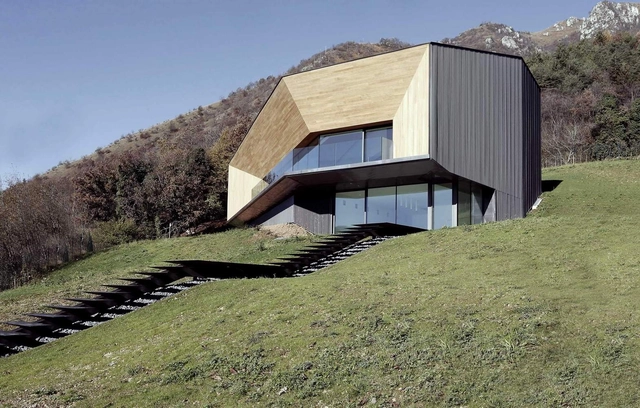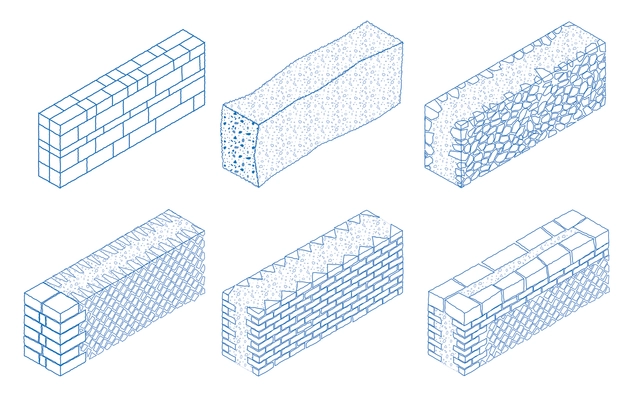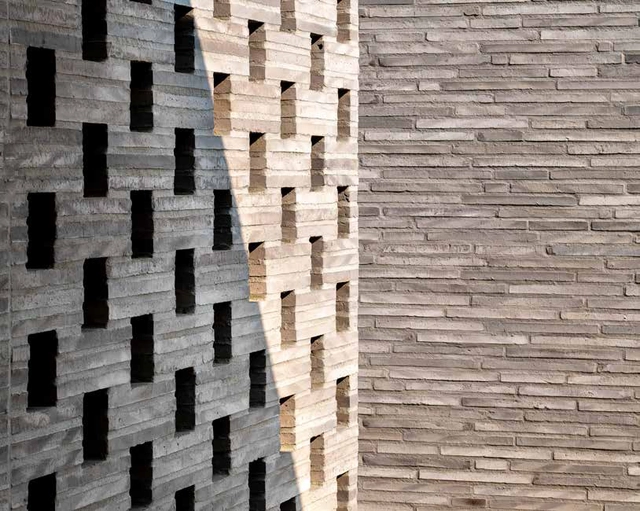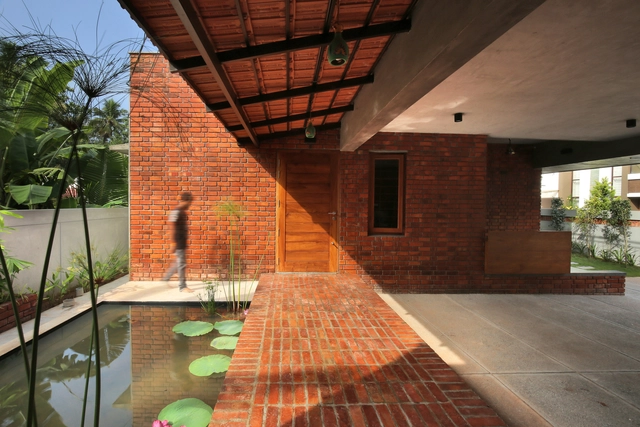
The Coronavirus pandemic has been taking over the news for a few months now, and has imposed unimaginable changes on the daily lives of the world’s entire population. Although the situation is worrying, and rather devastating in some cases, being aware of the virus's behavior and understanding ways to avoid it seems to be the best way to deal with the crisis. COVID-19 is a respiratory disease that spreads through droplets in the air. What makes it especially dangerous is its high rate of contagion, as the virus has the ability to survive outside the human body, in the air, and on surfaces such as metal, glass and plastics, if they were not properly disinfected. But how does the virus behave on each of these materials? [Latest Update: July, 2020]





.jpg?1582834753&format=webp&width=640&height=580)












